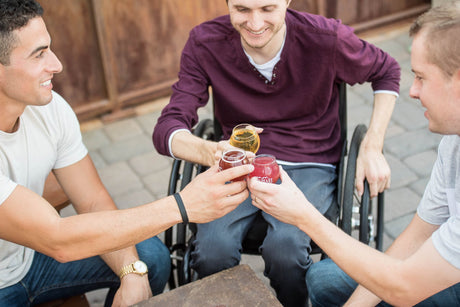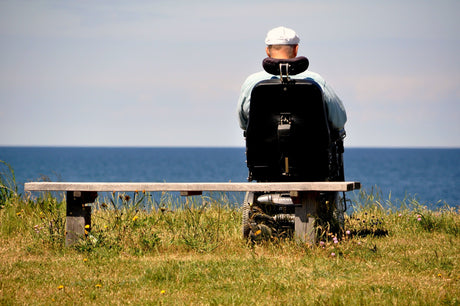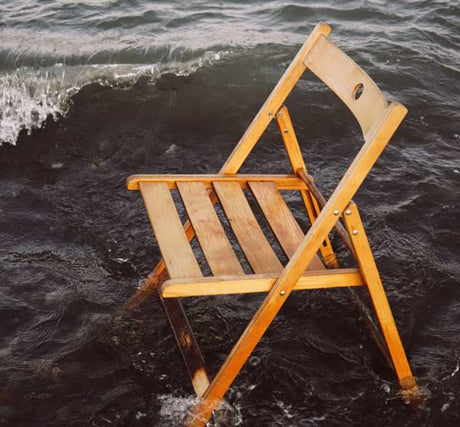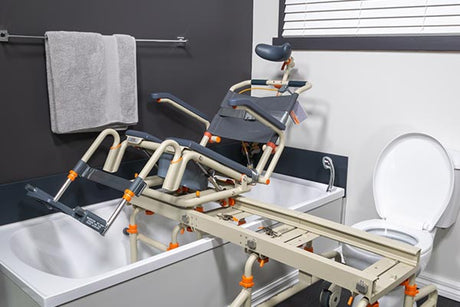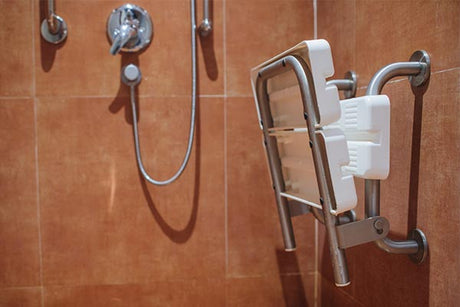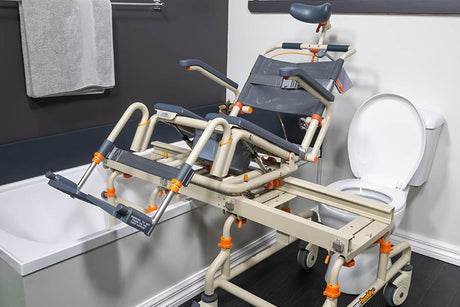In this article we offer some suggestions for day trips that are perfect for a group with someone who requires accessibility factored into the plan.
Explore the city or town
A day trip doesn’t need to follow a strict timeline or itinerary every day. When the goal is simply to explore a new place, it can take a lot of pressure off everyone in your group. If you’ve traveled abroad to a new place, every part of the town or city is going to be an experience in itself, from navigating basic dialogue in a different language to wandering through botanical gardens. All the activities that you take for granted at home become exciting activities.
Exploring the city is also a good idea because you will encounter interesting places or sights that you may not have read about online as you planned your trip. Why not leave some of the experiences of your holiday a mystery until you get there?

Visit the local museum
Most museums are built for all levels of mobility, and will include wide doorways, barrier free entry/exits and various modes of getting between levels such as ramps and elevators.
Learning about a new place through a museum is well worth doing, be it a historical museum, art, marine life, or anything else. Including a museum day or two into your travel can bring more context to your understanding of the place you’re staying, offering a far richer experience. Travel can and should broaden the mind!
The global museum community caters for millions of visitors a year – many of which are elderly, requiring visual, hearing and access considerations to be built into the exhibits. A museum is also a welcome respite from hot weather, and can offer above average bathroom facilities.


Making a meal of it
Learning about a culture doesn’t just mean visiting significant places
– but via the taste buds as well! While eating may simply be a necessity throughout the day, some careful planning and research and you can make sure you try well-reviewed places in the area that represent the local cuisine.
The best part about including food as part of your holiday itinerary is that in most places it doesn’t need to be expensive. Even in more expensive parts of Europe, there is a range of food options and you don’t need to break the bank to sample the genuine article. If you’re travelling to Asia, the cost to get good food is very low.
Food tourism is excellent for mobility impairments, with access typically straightforward and some control around dietary needs. Maybe you don’t take a full day to eat, but dining combined with leisurely wandering around a new place is a great way to spend a chilled out day in amongst busier days ticking off the bucket list!
Take some photography
Experiences are temporary, but the memory should be forever.
Photographs are a way to capture those memories – but so often we squeeze in photos as part of visiting a sight. Unless you’ve got a keen photographer in the group, dedicated time to taking photos usually falls by the wayside.
If you’re looking for a slightly more relaxed day in your itinerary, why not plan a day of photography around the area? This can be a mixture of landscape, architecture, landmarks and most important pictures of you and your group.
Taking photos this way helps to ensure you return home with a full camera roll and plenty of memories captured. But it’s also a relatively low-stress activity for someone with mobility challenges, whether they’re the photographer or the subject.

Shopping
A good number of us love shopping as part of our holidays; new shops, different things and in some places, much better prices. The strategy of taking an empty suitcase to a destination is far more common than you might think!
Shopping makes for a good day trip, especially if it’s based in a well-equipped city centre or a shopping mall where accessibility is excellent. Just make sure you’re close to food and bathrooms and you can spend an entire day browsing the shops.
Exploring retail isn’t just about spending money, but learning more about the people and ways of life – some of the most interesting discussions with the locals you’ll have could happen over a shop counter!

Visit the beach
The beach at one point may have presented a real challenge for a mobility impaired person, but this is no longer the case. A more developed beachside location will contain all the accessibility of a popular tourist location including boardwalks and ramp access.
Equipment such as modified chairs with large plastic wheels have been developed to offer those who get around in a wheelchair the ability to traverse the soft sand. A slightly less technical approach might involve rubber mats that allow a standard wheelchair to get across to your spot on the sand.
A beachside day trip provides many benefits for a mobility-minded traveller:
- Relaxing atmosphere – especially important in amongst a busy holiday.
- Low amount of physical exertion once settled in.
- Often close to key amenities and restaurants (in more popular locations).
- Free to enjoy
- Popular with all age groups.
So take a day off with the planning and budget – simply bring the beach towels, a day pack and plenty of sunscreen and enjoy!

Meet the wildlife!
Each country brings with it a unique ecosystem of plant and animal life.
Experiencing wildlife can be as simple as visiting a known public area that attracts birdlife, visiting a rescue sanctuary, touring an aquarium or going to the Zoo. However you like to interact with animals, including a wildlife element to a holiday brings good balance to other activities that may be more ‘people-focused’.
As wildlife is a very popular category of tourism, it’s worth doing some online research and reading reviews on different locations. You might also benefit from reading forums or social media groups to get some insights from other travellers on these places. If you’ve got children or animal lovers in your travel party, some wildlife stops in the itinerary is a great move.
A lot of these attractions are also excellent choices for a disabled traveller – those with mobility challenges will usually be well catered in a zoo or aquarium, and those with sensory or cognitive challenges can benefit greatly from interacting with different animals; a calming contrast from the typical hustle and bustle of travelling.
Choose a popular tourist destination
Among these other activities, there are always going to be the few things ‘you have to do’ according to travel guides and others who’ve been there before. And while you don’t necessarily have to follow the crowd, there is a good reason why famous tourist attractions are popular.
Some things to remember when it comes to the marquee tourist activities:
- Look online or speak with your travel agent about concessions and special support available for visitors with a disability.
- Do some research into the best time of day to go where the wait times are less.
- Find out what the wait times are likely to be.
- Look on the attraction’s website for bathroom facilities information.
- Make sure there are no elements of the experience that could cause stress or discomfort to those in your group with any disabilities.
- Plan for that activity to be the day’s only one – these things usually take longer to get through!
Make sure you have a camera or phone charged and space free for plenty of snaps! - Have the travel to and from the activity planned in advance, working with your accommodation to ensure this transport is adequate for a disabled person.
- Take plenty of water, and a daypack with everything you might need for the trip there and back.
So the only thing to work out now is: where are you going – and what are you doing?
What’s your ideal mobility-friendly day trip?
We want to hear from the disabled travelling community. Share your favourite places to go with us and we’ll add these to this article!

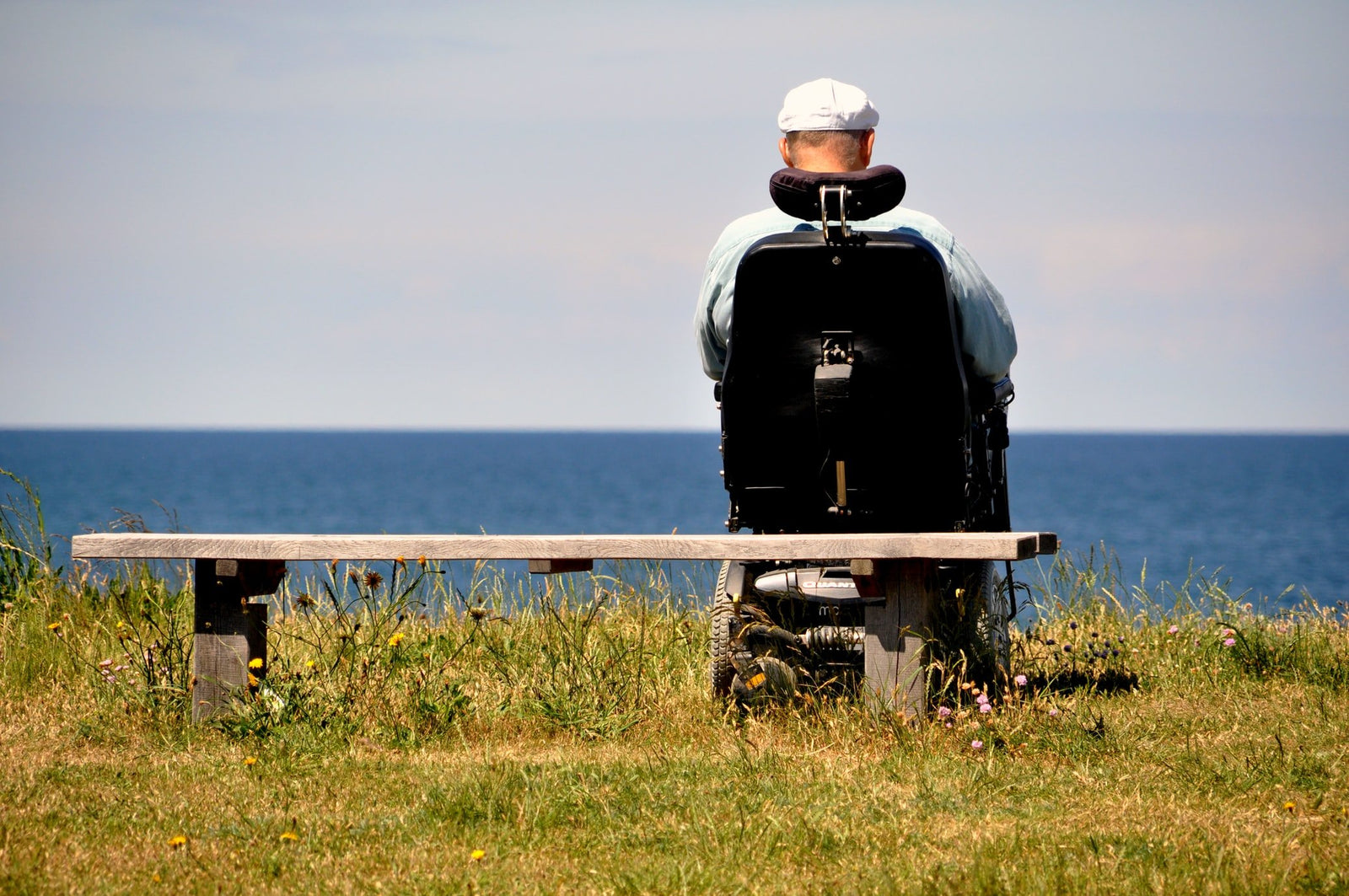
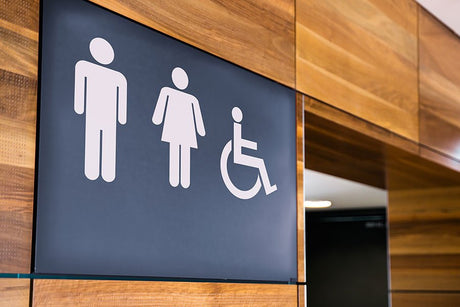
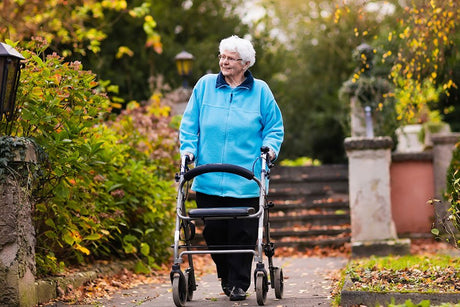
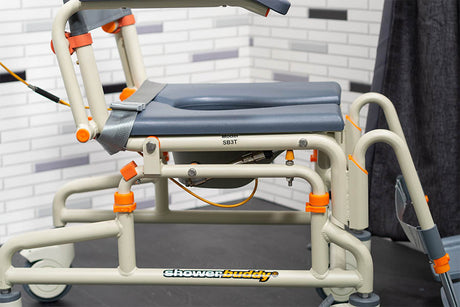
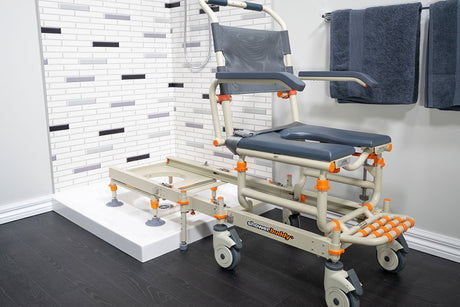

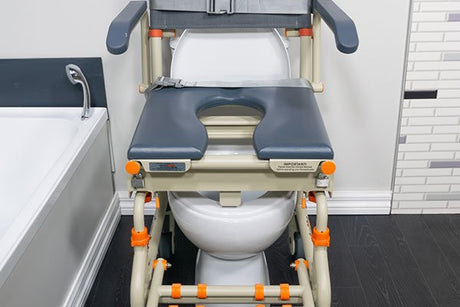
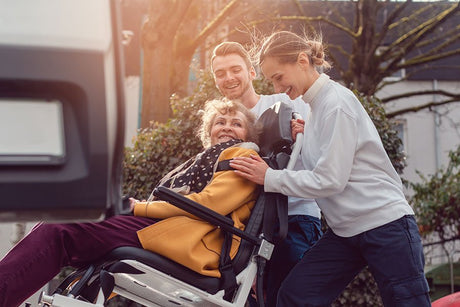
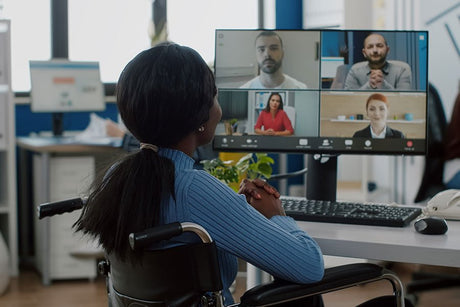
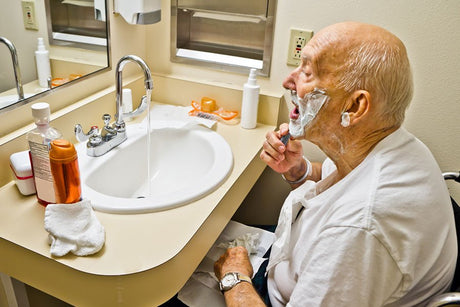

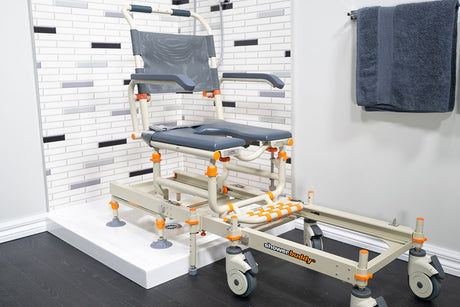

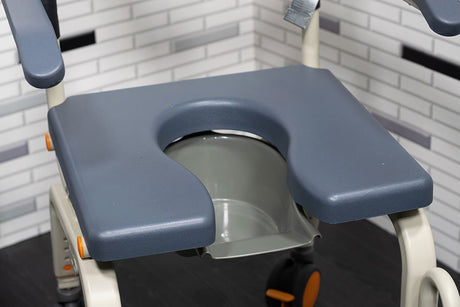



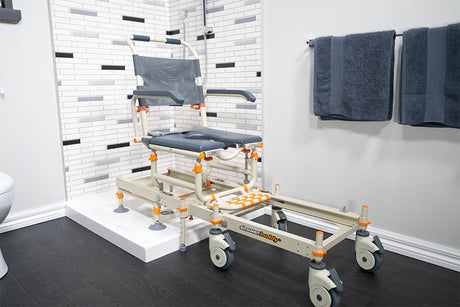

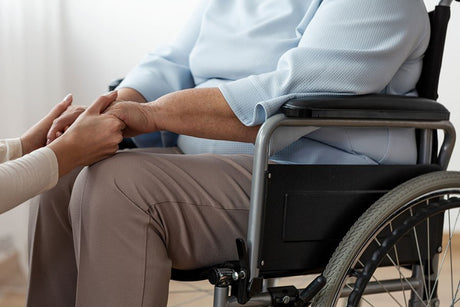
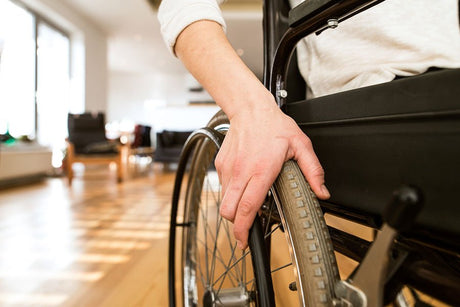
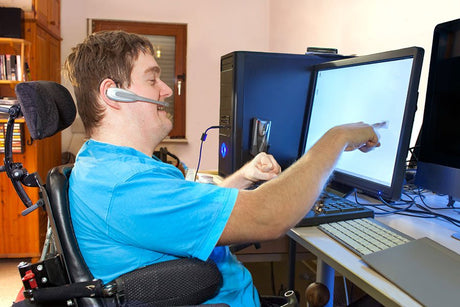


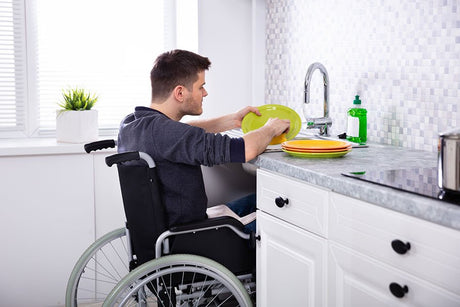
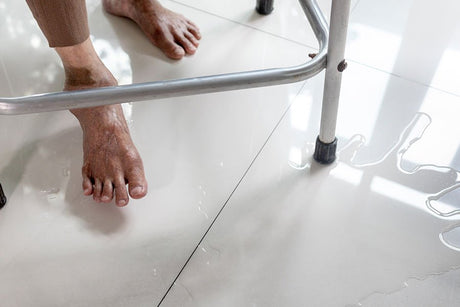
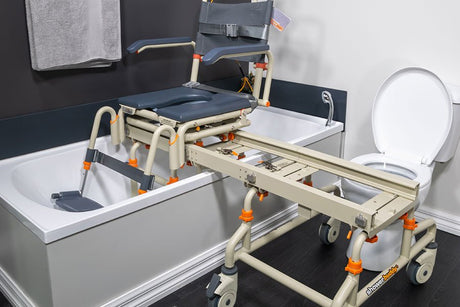
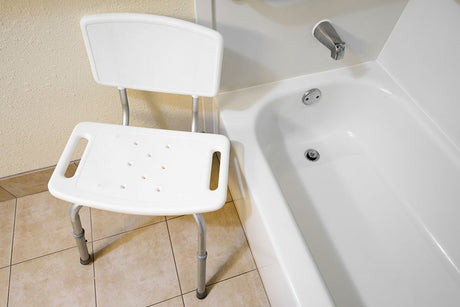
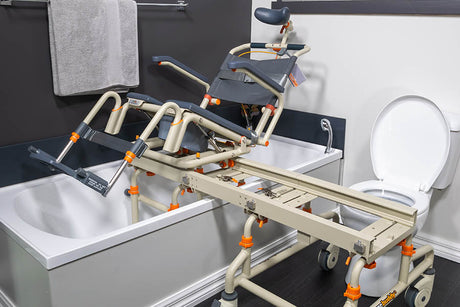
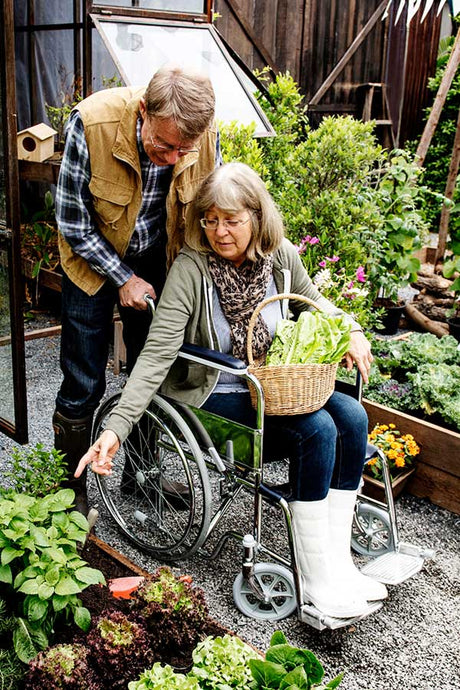
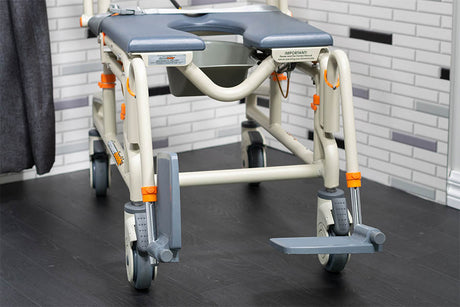




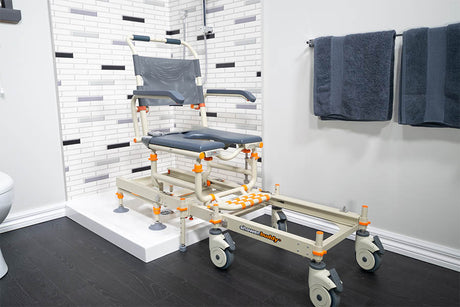



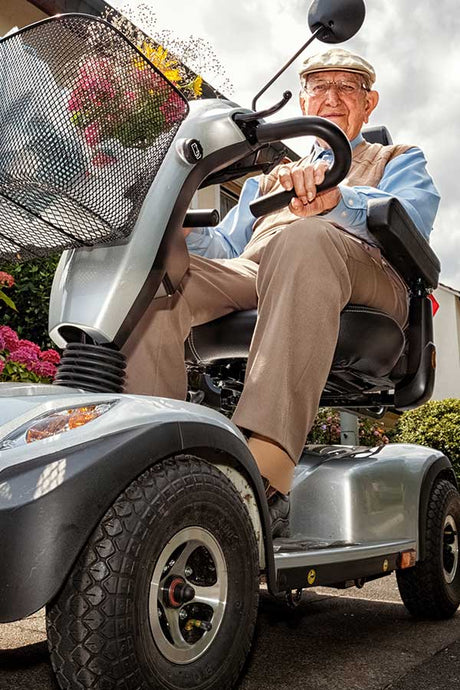

![Toilet Training A Young Child With Mobility Challenges [And How A Shower Chair Can Help]](http://shower-buddy.com/cdn/shop/articles/toilet-training-disabled-child.jpg?v=1699405543&width=460)


